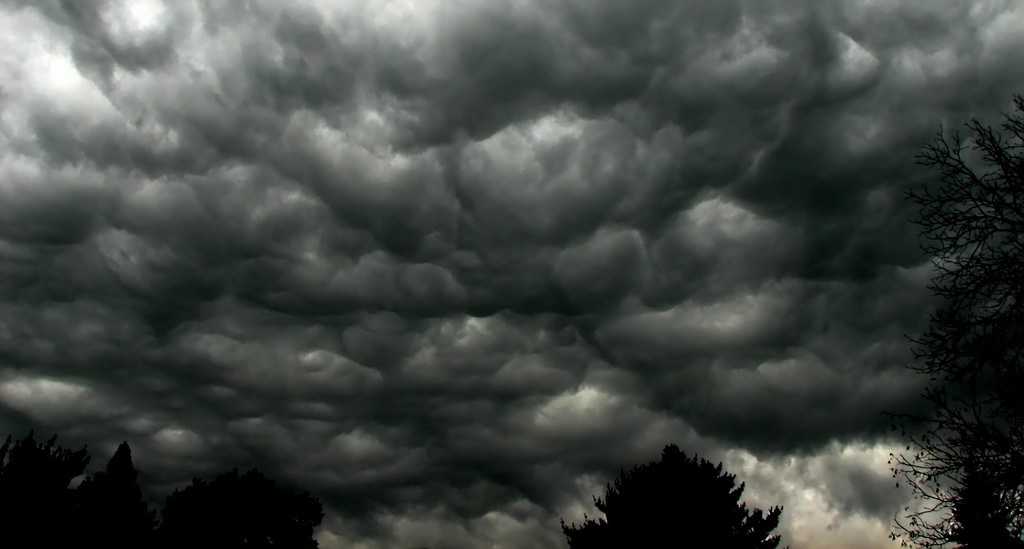Weather has been crazy recently for
the south of UK, and at the moment, severe weather warnings have been put in
place for the South-West and more than 200 homes have been evacuated in Devon
and Somerset. So what exactly is going on?

What’s happening in the UK?
Parts of England have probably had
their wettest January in more than 100 years. Our weather is dominated by a jet
stream, a narrow band of fast flowing air high in the atmosphere driven by
temperature differences in the cold air to the north and warm air to the south.
With the contrast a lot stronger this year, a strong jet stream has been driven
over here from the Atlantic. The variations in the jet stream are what drive
the development of storms. Usually, it would oscillate in large waves, creating
more varied weather patterns, but this time, it’s stagnated into a particular
pattern that caused a strong and straight pattern – meaning a stormy one.
How are storms formed?
Winter storms derive their energy
from the clash of two air masses of different temperatures and moisture levels.
They usually form when an air mass of cold, dry, air moves south and interacts
with a warm, moist air mass moving northwards. When the two air masses meet, it
is called a front. If cold air advances and pushes away the warm air, it forms
a cold front. When warm air advances, it rides up over the denser, cold air
mass to form a warm front. If neither air mass advances, it forms a stationary
front.
In a thunderstorm, the action of warm
air rising and cold air sinking (convection) plays a key role in the formation
of severe thunderstorms. If the warm surface air is forced to rise, it will
continue to rise, because it is less dense than the surrounding air. In
addition, it will transfer heat from the land surface to upper levels of the
atmosphere through the process of convection. What’s key for thunderstorms are
the formation are instability (unstable air) and moisture.

How do blizzards form?
Blizzards typically occur when the
jet stream sags well to the south, allowing cold polar air from the north to
clash with warmer, humid air to the south. Due to the conflicting air masses,
high winds develop and storms can erupt, sometimes turning into full-blown
blizzards. It is a long-lasting snowstorm with very strong winds and intense
snowfall. You need three things to have a blizzard; cold air at the surface,
lots of moisture, and lift. Warm air must rise over cold air.
Thanks for reading!
No comments:
Post a Comment